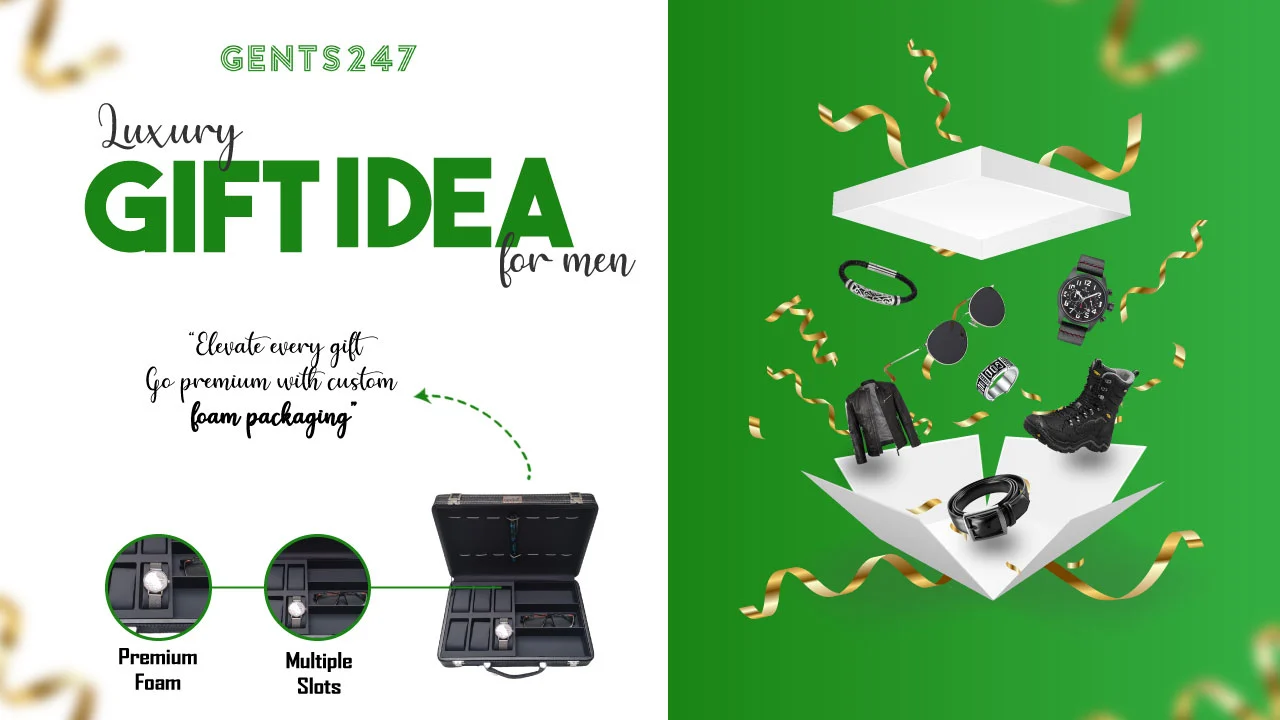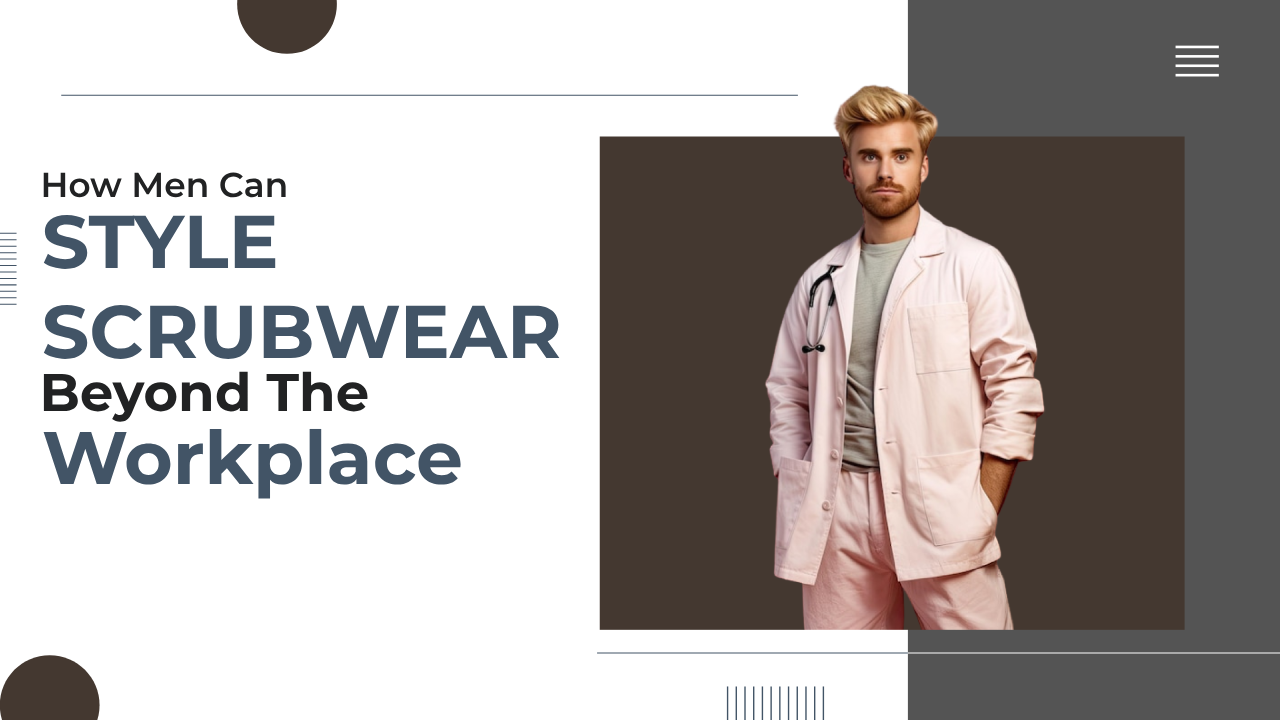In today’s fashion-forward world, customization is king. Men’s apparel is no exception, with custom printing techniques enabling fashion enthusiasts and brands to create unique, stylish, and high-quality designs. Whether for personal style, brand identity, or custom merchandise, understanding the best techniques for apparel printing can help achieve the right look and durability.
Here’s a breakdown of the top five custom apparel printing techniques for men’s fashion.
1. Screen Printing
Overview
Screen printing, also known as silk screening, is one of the oldest and most popular methods among custom apparel manufacturer and buyers as well. It involves creating a stencil (or screen), which is then used to apply layers of ink to the fabric, creating a vibrant and long-lasting print.Benefits
- Durability – The ink used in screen printing is thick, making it highly durable even after multiple washes.
- Vibrant Colors – Ideal for bold, vibrant colors that stand out on fabrics.
- Bulk Efficiency – Suitable for large production runs, as it becomes cost-effective in bulk.
Best for
Screen printing is particularly effective for simple designs with solid colors, such as logos or text-heavy graphics.Considerations
- Limited Detail – Fine details and intricate designs are harder to achieve.
- Setup Costs – Initial setup costs for screens make it less ideal for single-item production.
2. Direct-to-Garment (DTG) Printing
Overview
DTG printing is a relatively newer technique that involves using inkjet technology to print directly onto fabric. This method allows for full-color, highly detailed designs without any need for screens.Benefits
- High Detail – Capable of producing highly detailed and complex designs, such as photographs or illustrations.
- Eco-Friendly – Water-based inks make this a more environmentally friendly option.
- No Minimums – Ideal for small batches or one-off pieces due to minimal setup.
Best for
DTG printing is perfect for designs with multiple colors, gradients, or fine details, making it a go-to choice for customized artwork or high-resolution images.Considerations
- Not Suitable for Bulk – DTG printing can be slower than screen printing, making it less cost-effective for large orders.
- Fabric Limitations – Works best on 100% cotton fabrics, which limits its use on certain materials.
3. Heat Transfer Printing
Overview
Heat transfer printing involves using heat to transfer a printed design from a transfer paper to the garment. This method offers flexibility in design choice and color.Benefits
- Vibrant Colors – Can produce bright, eye-catching designs with a broad color range.
- Versatility – Suitable for various materials, including cotton, polyester, and blends.
- Detailed Designs – Great for intricate and multi-colored graphics, including photos.
Best for
Heat transfer is ideal for designs that need a lot of colors and details, such as team jerseys, brand logos, or custom graphics.Considerations
- Less Durable – Not as durable as screen printing; repeated washing may cause fading or cracking.
- Time-Intensive for Bulk – Not the fastest option for high-volume orders due to individual pressing times.
4. Sublimation Printing
Overview
Sublimation is a technique that uses heat to transfer dye into the fabric itself, resulting in vibrant, permanent colors. Unlike heat transfer, sublimation allows the dye to bond directly with the fibers of the material.Benefits
- Long-Lasting Color – Since the dye embeds directly into the fabric, it won’t crack, peel, or fade over time.
- Unlimited Colors – Allows for full-color, edge-to-edge designs without limitations.
- Soft Finish – The print becomes part of the fabric, giving it a soft feel.
Best for
Sublimation is ideal for all-over prints on polyester-based fabrics, such as athletic wear or all-over patterned designs.Considerations
- Material Limitation – Works only on polyester fabrics, which limits its versatility.
- Higher Cost for Small Orders – Set-up can be more expensive for small production runs.
5. Embroidery
Overview
Embroidery isn’t technically a printing technique, but it is a popular and durable way to customize men’s apparel. Embroidery uses thread to stitch designs directly into the fabric, creating a textured and high-end look.Benefits
- Professional Appearance – Embroidery adds a polished, premium look to apparel.
- Durable – Extremely durable and resistant to wear and tear, even after multiple washes.
- Tactile Quality – Creates a raised, textured design that stands out.
Best for
Embroidery is suitable for logos, monograms, or minimalist designs on shirts, jackets, and caps.Considerations
- Limited Detail – Fine details and small text may not be possible.
- Higher Cost per Item – Embroidery can be more expensive, especially for complex designs and high-stitch counts.
Summary
Each printing technique has its strengths and is suitable for different types of designs, fabrics, and volumes:
- Screen Printing: Best for bold, solid-color designs in large quantities.
- DTG Printing: Ideal for detailed, full-color designs, especially in small batches.
- Heat Transfer: Great for vibrant, multi-colored prints on various materials, though less durable.
- Sublimation: Perfect for all-over prints on polyester, offering a soft feel and vibrant color.
- Embroidery: Provides a textured, professional look for logos and minimalist designs.
Choosing the right printing technique can depend on factors like design complexity, fabric type, budget, and intended use. With these top techniques, you can bring high-quality, stylish, and personalized designs to men’s apparel that truly stand out.





